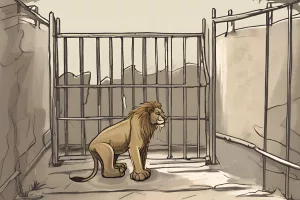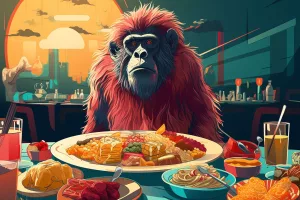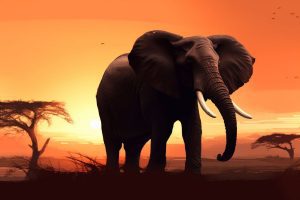The Cape Peninsula Baboon Advisory Group (CPBAG) is a new team formed in 2025 to help baboons and humans live together peacefully in South Africa’s beautiful Cape Peninsula. They bring together community members, scientists, and animal welfare advocates to find smart and kind ways to manage the local baboon population. With so many people living near baboons, CPBAG focuses on listening to the community and using their ideas to solve problems. This exciting initiative not only aims to protect the baboons but also ensures a healthy environment for future generations to enjoy.
All three were euthanized due to the severity of their injuries as three lions were found living in inhumane conditions with severe burn wounds at Fairy Glen Nature Reserve, and despite seeking veterinary assistance, only one lion received medical attention. The NSPCA found that the lions were housed in enclosures smaller than provincial requirements, and Fairy Glen was operating without a crucial license under the Performing Animals Protection Act 24 of 1935. This incident is a sad reminder of our responsibility to safeguard animal welfare.
The incident of a baboon visiting a restaurant in Cape Town highlights the complex relationship between humans and urban wildlife. It is essential to have responsible interactions with animals and maintain respect and awareness. Guidelines for responsible wildlife interaction include respecting animals’ personal space and natural behavior, maintaining a secure distance, and refraining from feeding or close contact for the purpose of taking selfies. Our city spaces are deeply interconnected with wildlife habitats, and a balanced and sensitive approach is necessary for coexisting safely.
Tragic Death of Ranger at Inverdoorn Private Nature Reserve Highlights Dangers of Working with Wild Animals
The recent death of Kabelo Mashao, a ranger at the Inverdoorn Private Nature Reserve, has brought to light the dangers of working with wild animals, even those considered friendly. This article will examine the incident, its aftermath, and the importance of proper safety protocols when working with animals in the wild.




